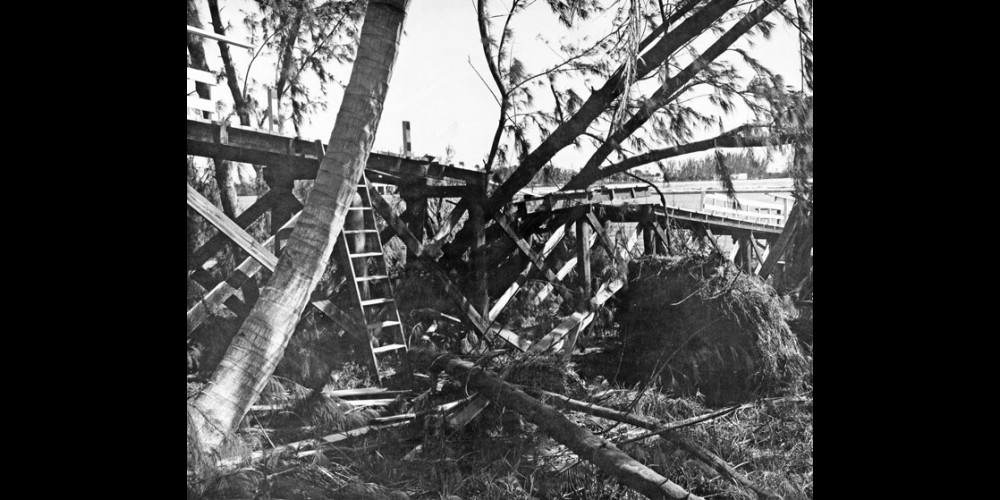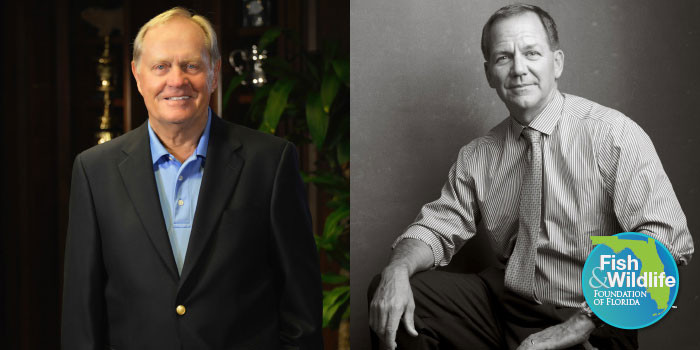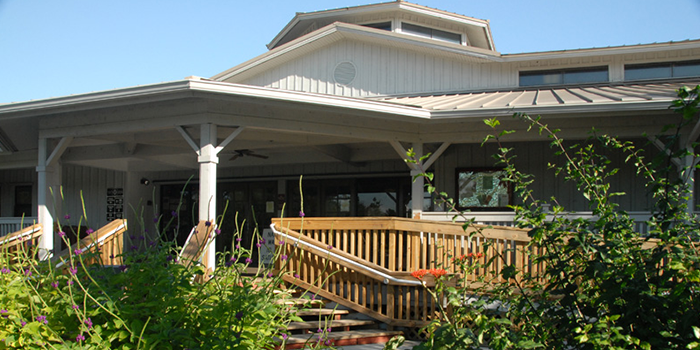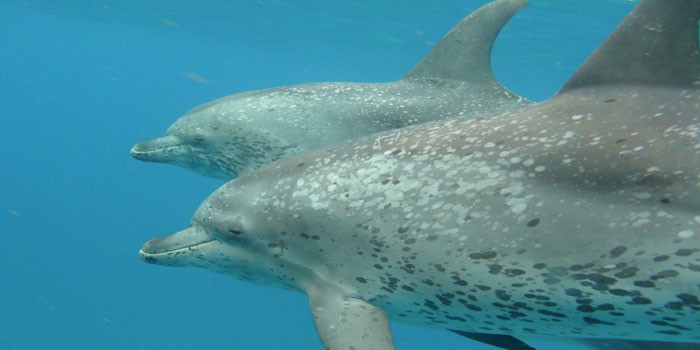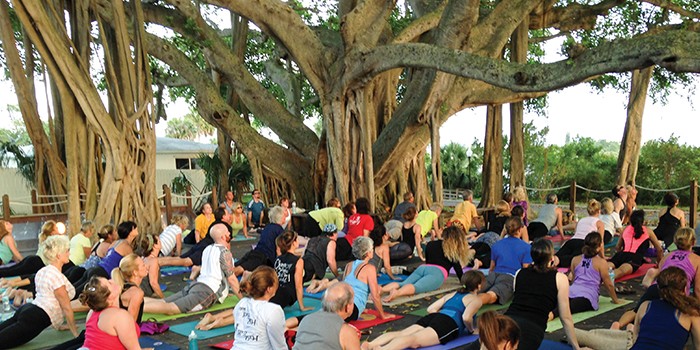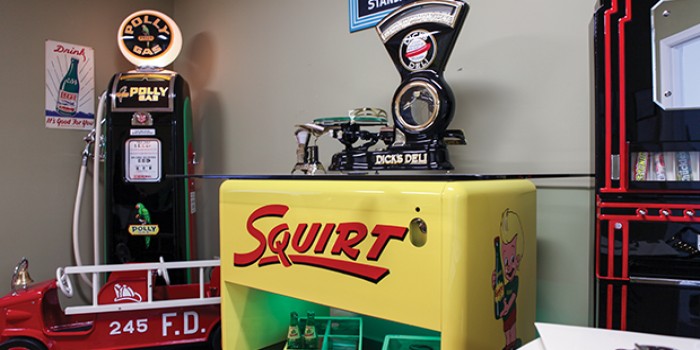When The Sea Walks The Earth
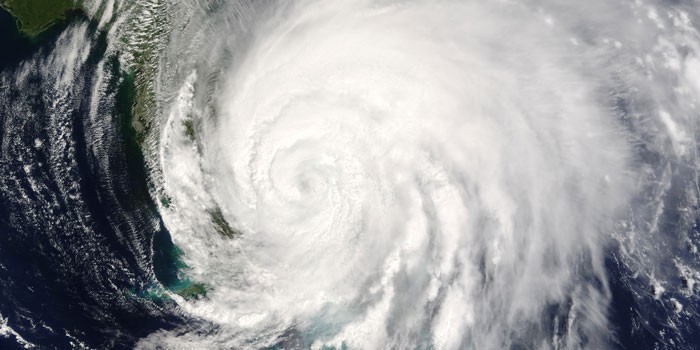
JUPITER, FL – April 26, 2017 – Jupiter is a town built on water. From the Atlantic brushing our shore, to the inlet, to the Loxahatchee River winding its lazy way through our lush city, it is hard to turn a corner and not see a waterway of one type or another.
This access to water is a picture-perfect asset that makes our town the envy of most others. However, from June 1 to November 30, or as we locals call it, Hurricane Season, these waterways can — and do — render Jupiter especially vulnerable to the disastrous effects of tropical storms and hurricanes.
There was one hurricane, however, that was so catastrophic, that the after-effects are still seen today in the dike around Lake Okeechobee and elsewhere. And, this hurricane did not even have a name.
RELATED Rare Fish Congregating Off Jupiter, Local Surfer Wins ‘Kahuna Award’ in Puerto Rico, Submerged
THE SEA WALKING THE EARTH
The summer of 1928 was, by all accounts, a very rainy one. Nobody; however, was expecting the storm that arrived on September 16. That was the day a Category 4 Hurricane slammed into Palm Beach County. The eye wall stalled over Jupiter.
The winds were estimated to be 150 MPH. The storm surge was over 18 feet. Given that the ground was already sodden and the waterways were full from the wet summer, the situation was dire. When the storm reached Lake Okeechobee, it became a disaster. The dirt levees breached and the lake spilled out, flooding towns directly to the North and South.
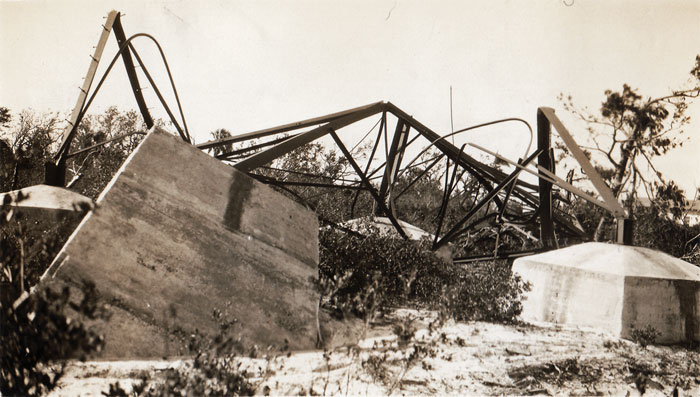
This image shows the Naval Radio Station’s dock and sidewalk, both of which were damaged by the 1928 hurricane. The dock also had a boathouse which appears to have been completely destroyed by the storm. (Photo: Loxahatchee River Society)
In Their Eyes Were Watching God, Zora Neale Hurston describes the killer hurricane of 1928 thus: “Louder and higher and lower and wider the sound and motion spread, mounting, sinking, darking. It woke up old Okeechobee and the monster began to roll in his bed…Under its multiplied roar could be heard a mighty sound of grinding rock and timber and a wail. They looked back. Saw people trying to run in raging waters and screaming when they found they couldn’t…As far as they could see the muttering wall advanced before the braced-up waters like a road crusher on a cosmic scale. The monstropolous beast had left his bed…He seized hold of his dikes and ran forward until he met the quarters; uprooted them like grass and rushed on after his supposed-to-be conquerors, rolling the dikes, rolling the houses, rolling the people in the houses along with other timbers. The sea was walking on the earth with a heavy heel.”
An estimated 3,000 people died. At the time, it was the second worse natural disaster in American history, bested only by the Galveston Hurricane in 1900, which killed approximately 8,000 people.
Fortunately, in Jupiter there was no loss of life. There was; however, significant property damage, immense heroics, and a mystery that has endured for almost 90 years.
RELATED Rare Fish Congregating Off Jupiter, Local Surfer Wins ‘Kahuna Award’ in Puerto Rico, Submerged, Friends of Jonathan Dickinson State Park to Host Special Photography Class
KEEPING THE LIGHT SHINING
The lighthouse keeper at the time was Captain Charles Seabrook. The light itself had just been modernized — the oil lamps and weighted system that turned the light had been removed and the light had been electrified. A back-up generator had been installed to ensure that if the power should be lost, the lighthouse’s First Order Fresnel lens would continue to be a beacon, flashing its light to all within a 25-mile visibility range.
When the 1928 hurricane hit, the Jupiter Lighthouse was also hit — hard. Power was cut. One of the Fresnel lens’ “Bull’s eyes” was smashed and, the newly installed generator failed to engage. But the light did not go out. Here is the mysterious part:
The only choice to keep the light shining was to climb the tower — which was swaying dangerously in the wind — reinstall the oil burners, and turn the light by hand.
There are two versions of the event: One extremely cinematic and unverifiable. The other, more likely, but also unverifiable. Both versions are related in multiple sources, including James Snyder’s excellent book, Five Thousand Years on the Loxahatchee.
Captain Seabrook’s family related the first version. To add to the drama of the natural disaster, at the time the hurricane hit, Seabrook was ill with an infected arm that eventually became blood poisoning. In an effort to spare his father, Seabrook’s 16-year-old-son, Franklin, grabbed the oil burners and attempted to struggle to the top of the stairs. He was blown down three times, only succeeding to the top of the spiral staircase on his fourth dogged attempt. Franklin then installed the oil burner and, for the next four hours, pushed the heavy lens by hand around the tiny room while the storm raged outside and the tower swayed around him.
The only problem with this tale is that it completely ignores the fact that Seabrook had TWO assistant keepers — both of whom were adult men and undoubtedly present at the time.
In fact, one of them, Ralph Swanson, has descendants who have stepped forward to dispute the version of events as related by the Seabrook family. According to Swanson’s son, Raymond, his father was the one who assisted with the installation of the oil lamps and the hand turning of the light.
In any event, the light did not go out and no ships were lost at sea or in the inlet. Unfortunately for the families, or fortunately for mystery fans, there were no witnesses, so the mystery of the light will endure. The repaired lens exists to this day in Jupiter’s lighthouse. A quick climb up the spiral stairs will reveal the formerly shattered lens, fixed in place by a crossed iron framework.
A quick climb up the spiral stairs will reveal the formerly shattered lens, fixed in place by a crossed iron framework.
And although in his book Florida’s Hurricane History, Jay Barnes estimates Jupiter’s damages at somewhere near $900,000 (in 1928 dollars), it is important to note that those losses were to property. In spite of the staggering death and destruction closer to Lake Okeechobee, there was no loss of life in Jupiter.
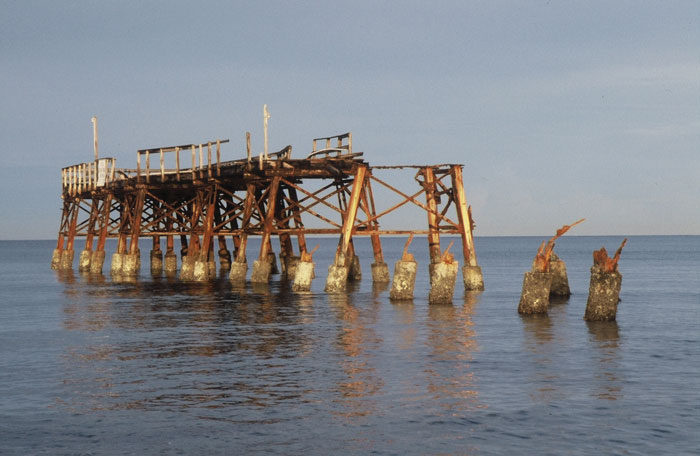
The Juno Beach Pier was all but destroyed by the “Thanksgiving Storm of 1984.” Not even a “named” hurricane, the storm played havoc on the beloved structure. (Photo: Harry Winkler)
GLANCING BACK, LOOKING FORWARD
While the most destructive hurricane to hit may have been unnamed, there have been plenty of storms with names that have wrecked their share of damage. Just within the last few decades the names are memorable here in Jupiter, and around the nation — Irene (10/16/1999), Frances (9/5/2004), Jeanne (9/26/2004), Wilma (10/24/2005), and Matthew (10/7/2016).
There are proactive measures that can be taken to protect yourself, your loved ones, and your home from the damage caused by these storms.
Most importantly, always pay attention to warnings and evacuations. Nothing is worth risking your health and safety.
There are rebates available to homeowners who retrofit their properties making them better able to withstand hurricane-force winds. REBUILD Florida, a not-for-profit 501 (c)(3) that was established to literally rebuild Florida after Hurricane Ivan, is a residential hurricane mitigation program that works with the Federal Emergency Management Agency (FEMA) to ensure that Floridians are prepared for hurricanes and other weather-related emergencies. Simply put, REBUILD provides financial and actual assistance in obtaining qualified structural improvements, including roof deck attachment, reinforcing roof-to-wall connections, gable-end bracing, opening protection (shutters, skylights, impact-resistant windows, etc.), and exterior doors (including attached garage doors).
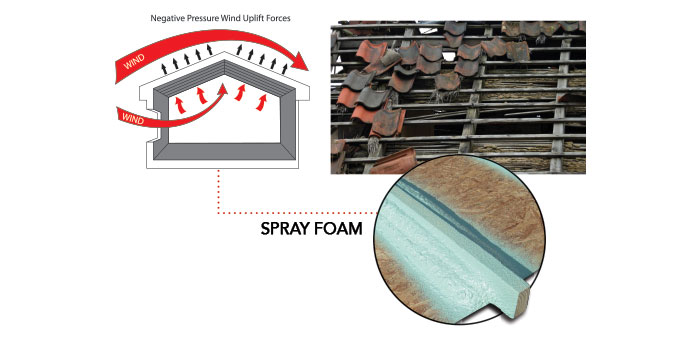
Closed-cell spray foam insulation acts like a “glue” to actually help adhere roofs onto the rest of the structure. Some foams have been tested and approved for use in Florida for wind mitigation. For more information, visit SprayFoam.com and REBUILD Florida (rebuildnwf.org).
Products such as spray polyurethane foam (which literally acts like a glue) could not only help keep your roof on in the event of a hurricane, they can also help waterproof your house as well. A well-sealed roof also creates a tighter interior living environment, which is more energy efficient.
While our predecessors had little-to-no warning, we enjoy the most advanced prediction technology available. We have all the proper storm preparedness tips and gadgets at our disposal. Forecasters are predicting an active season for 2017. It is safe to say that the Coast Guard will keep the light shining in Jupiter’s Lighthouse. In our beautiful town built on water, are you prepared if history decides to repeat? For up-to-date information, visit www.jupiter.fl.us/235/Storm-Information. •

